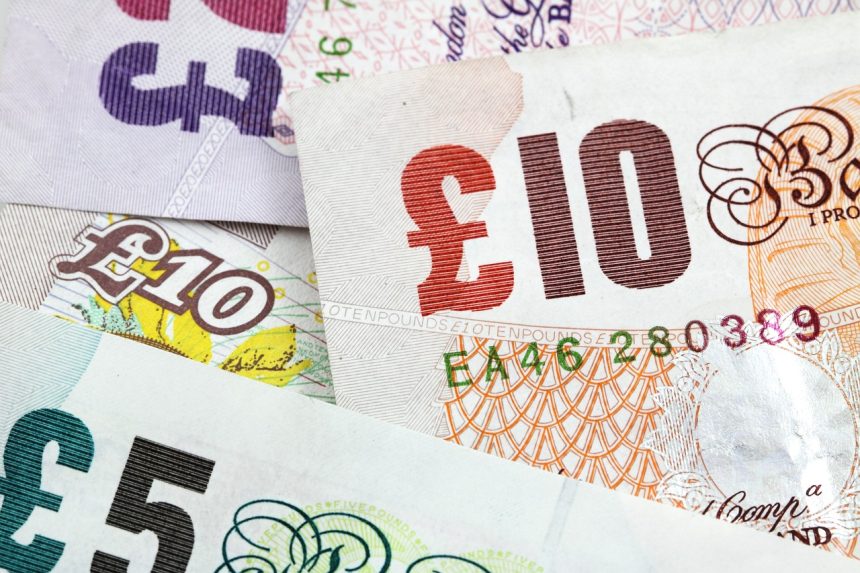Pound sterling performs weakly versus the US dollar ahead of May’s US core PCE inflation.
The Pound Sterling (GBP) is trading down versus the US Dollar (USD) in Friday’s London session. The GBPUSD pair is falling this week. As investors remain cautious ahead of the release of the United States’ (US) core Personal Consumption Expenditures (PCE) Price Index data for May on Friday.
Revised UK Q1 GDP estimates suggest that the economy expanded at a faster rate of 0.7%.
The core PCE inflation statistics, the Federal Reserve’s (Fed) preferred inflation metric, is anticipated to have decelerated to 2.6% year on year (YoY).
From April’s figure of 2.8%. On a monthly basis, underlying inflation is projected to have climbed by 0.1%, compared to a previous increase of 0.2%.
Fed policymakers believe rate decreases at this time are unwarranted.
Soft inflation readings would raise expectations of early Fed rate cuts. Whilst hot ones would reduce Fed rate-cut chances and strengthen the US Dollar’s appeal. At the time of writing, the US Dollar Index (DXY). Which tracks the value of the US dollar against six major currencies, was trading near the key resistance level of 106.00.
Moreover According to the CME FedWatch tool, 30-day fed funds futures pricing data show that traders have priced in two rate cuts this year. With the policy-easing cycle beginning at the September meeting. On the contrary, Fed officials favor for maintaining interest rates at current current levels until they are confident that inflation will fall to the target rate of 2%.
Furthermore On Thursday, Fed Governor Michelle Bowman underlined. That the central bank is not currently in a position to lower interest rates. She warned that if disinflationary momentum appears to slow or reverse, more rate hikes would follow.
Daily Market movers: Pound Sterling surpasses its key peers.
The pound sterling strengthened against all of its peers after the United Kingdom (UK) Office for National Statistics (ONS) reported in its revised Q1 Gross Domestic Product (GDP) report. That the economy expanded at a faster rate of 0.7% quarter on quarter (QoQ) than expected and the preliminary release of 0.6%. Furthermore on an annualized basis, the economy increased by 0.3%.Upward revision from 0.2%.
Meanwhile, uncertainties around the UK elections and the timing of the Bank of England’s (BoE) rate drop will keep the Pound Sterling on its toes. According to the most recent exit polls. The opposition Labour Party is predicted to defeat UK Prime Minister Rishi Sunak’s Conservative Party.
Investors anticipate that the majority of BoE officials will vote to lower interest rates. At the next monetary policy meeting. Which will be place on August 1. Policymaker Swati Dhingra and Deputy Governor Dave Ramsden have been advocating for rate decreases, and it will be important to see whether members join them.
Moreover The high possibility of the BoE cutting borrowing rates in August is due to the comeback.
The bank’s aim for annual headline inflation is 2%. However, price pressures in the service sector remain larger than what is required to justify rate decreases.









